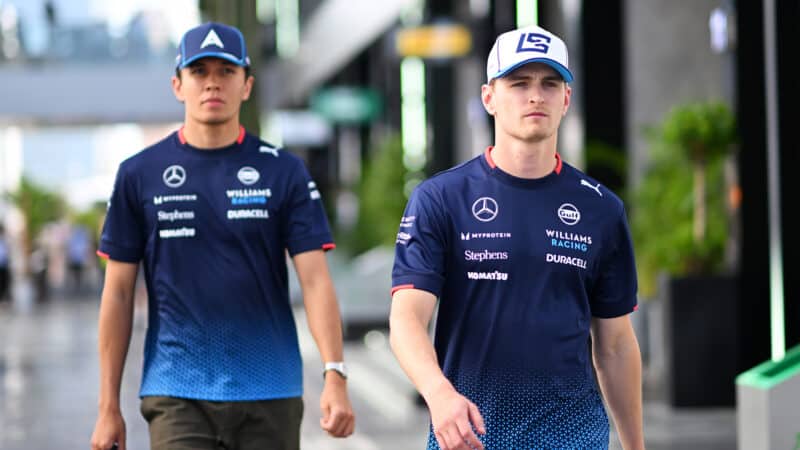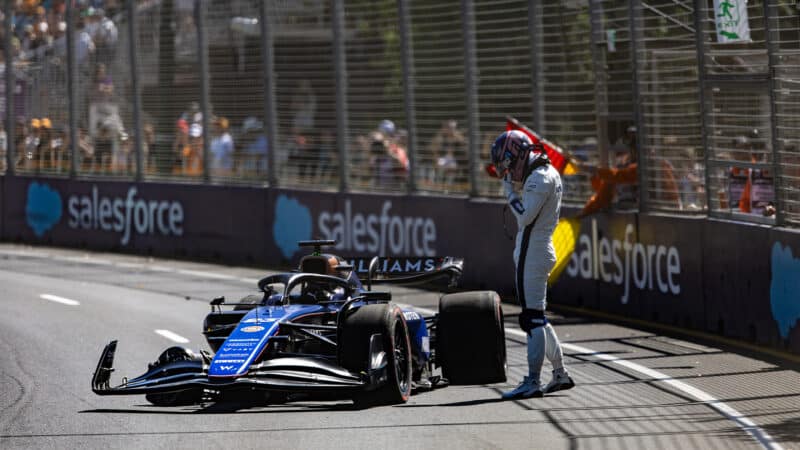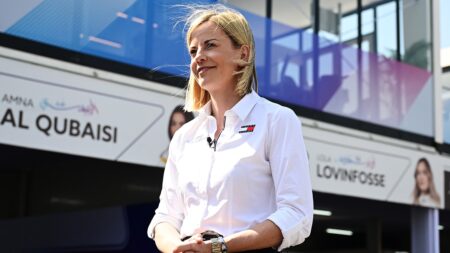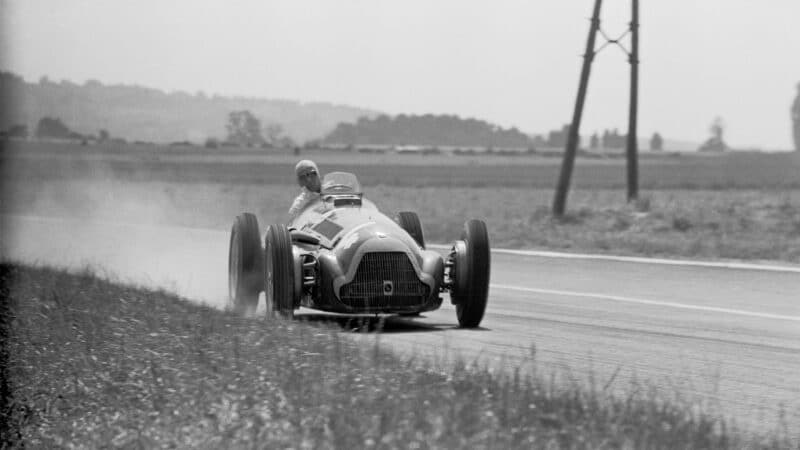In 2024, the theme has remained the same so far, with Sargeant finishing a distant last in Bahrain and 14th in Jeddah while Albon finished 15th and 11th respectively.
With figures like that, what else could Williams have done? Vowles made several public shows of support for Sargeant in his tricky rookie year, but faced with a stark choice, he dropped his slowest driver, as often happens. Just ask Daniel Ricciardo, Nyck De Vries, Nicholas Latifi and Valtteri Bottas.
The big question is what this will do to a team that has so far had a harmonious partnership. Even in the past, where sharing cars was a matter of duty, not all drivers grudgingly took it in their stride.
Drivers who have taken their team-mate’s car at an F1 grand prix?
Team-mates trading race seats was once commonplace in F1 paddocks, with a defined hierarchy within teams and an expectation that junior drivers would defer to their more successful peers. In an era where car failures claimed far higher numbers of drivers, mid-race swaps were not unknown.
Jim Clark took over Mike Spence‘s Lotus at the penultimate round of the 1964 season at the United States GP. The Scotsman’s leading Lotus 25 began to misfire on lap 40 and was forced to pit four laps later. After mechanics were unable to fix the issue, team boss Colin Chapman called Spence in from fourth place and replaced him with Clark, who re-entered the race in pursuit of title rivals John Surtees and Graham Hill.
He ran as high as third before the second Lotus also faltered just eight laps from the finish and Clark was classified seventh — alongside Spence — as was the protocol.
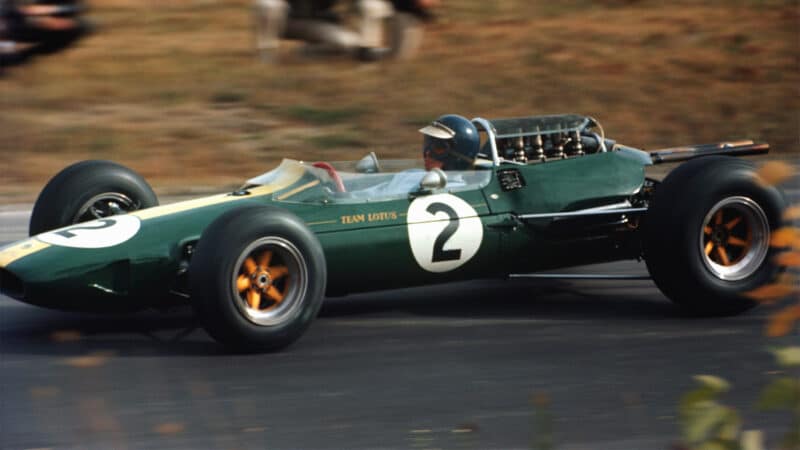
Clark continues his pursuit of a F1 world championship in his team-mate’s Lotus 25
Getty Images
Eight years earlier, Juan Manuel Fangio won his fourth F1 world championship thanks to taking the car of his team-mate and title rival Peter Collins at the 1956 Italian Grand Prix.
After a heated battle with the leaders, the Argentine retired to the pitlane early on when the steering arm on his Ferrari D50 broke. But when Collins came in to change tyres on lap 35, he magnanimously stepped aside to let Fangio rejoin the race and later finish a critical second behind Maserati‘s Stirling Moss. “I would not have been proud of beating him through his bad luck” Collins later said. The points Fangio scored were enough to clinch the title, while Moss finished just three points behind him.
A year later Moss was the beneficiary of a driver swap when his Vanwall faltered in the British Grand Prix at Aintree. Tony Brooks, still recovering from a crash at Le Mans had agreed to hand the wheel to Moss if needed, and duly pulled in to the pits from fifth, vacated the seat and watched Moss race to a victory shared between the two. But even the gracious Brooks admitted to frustration at the course of events.
